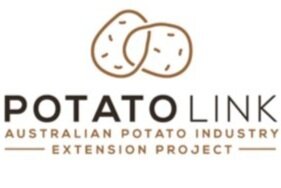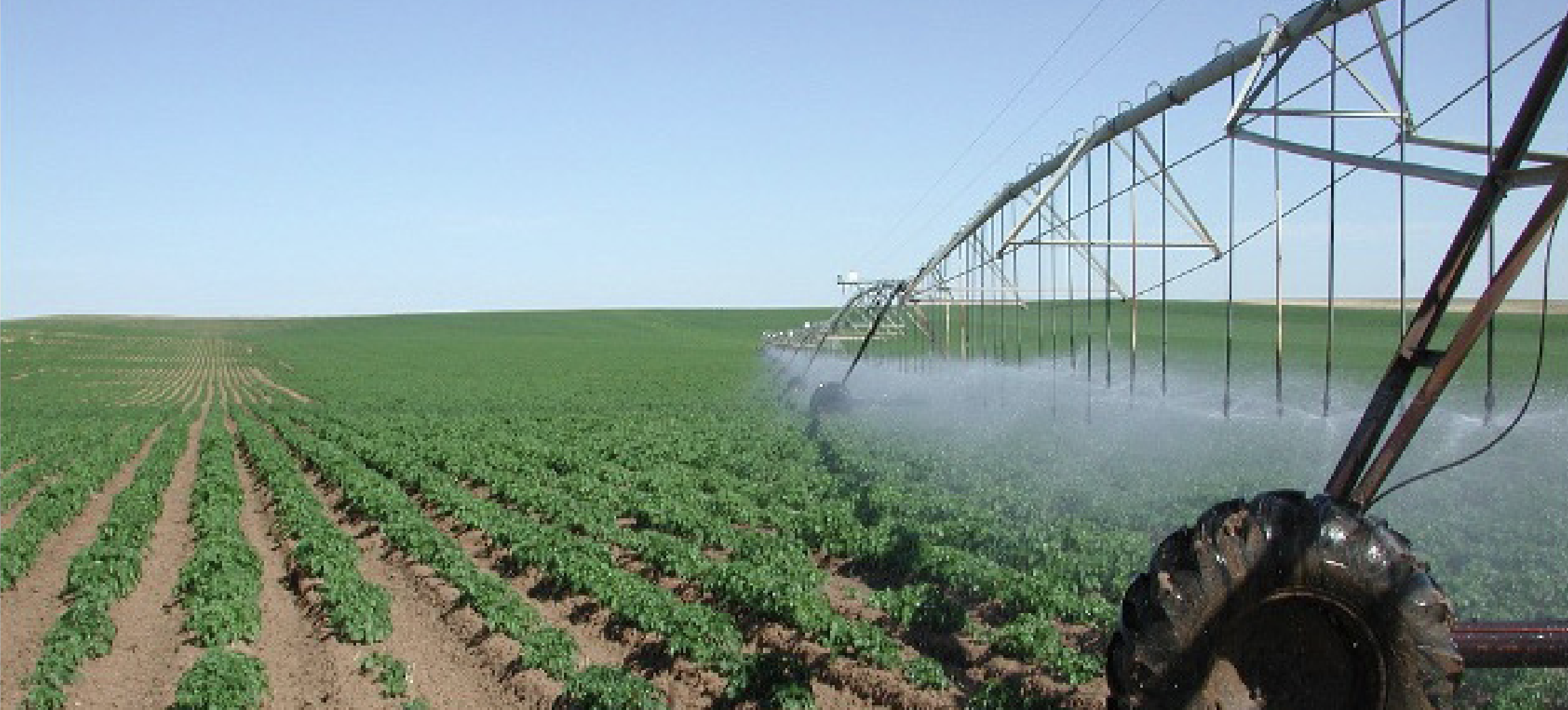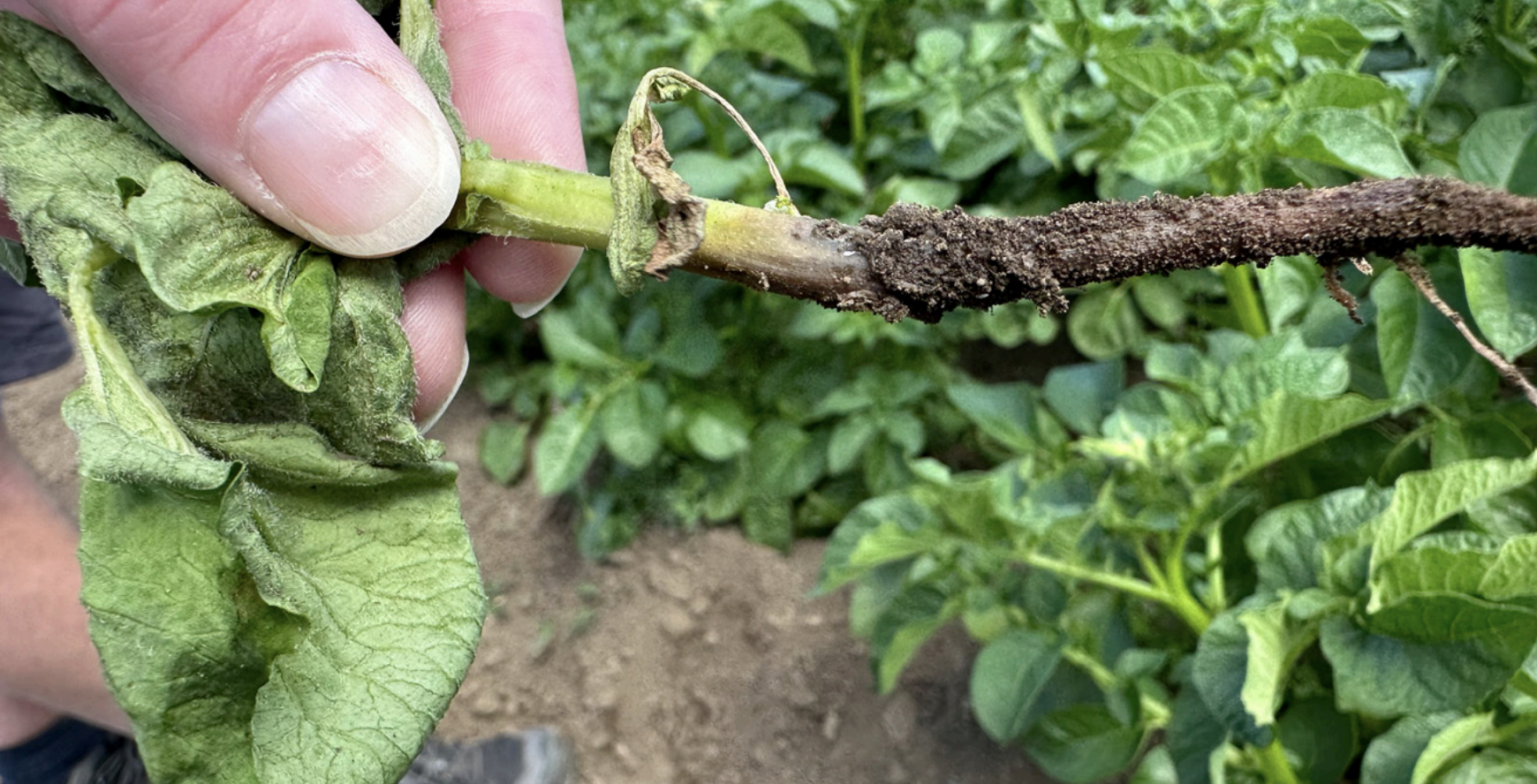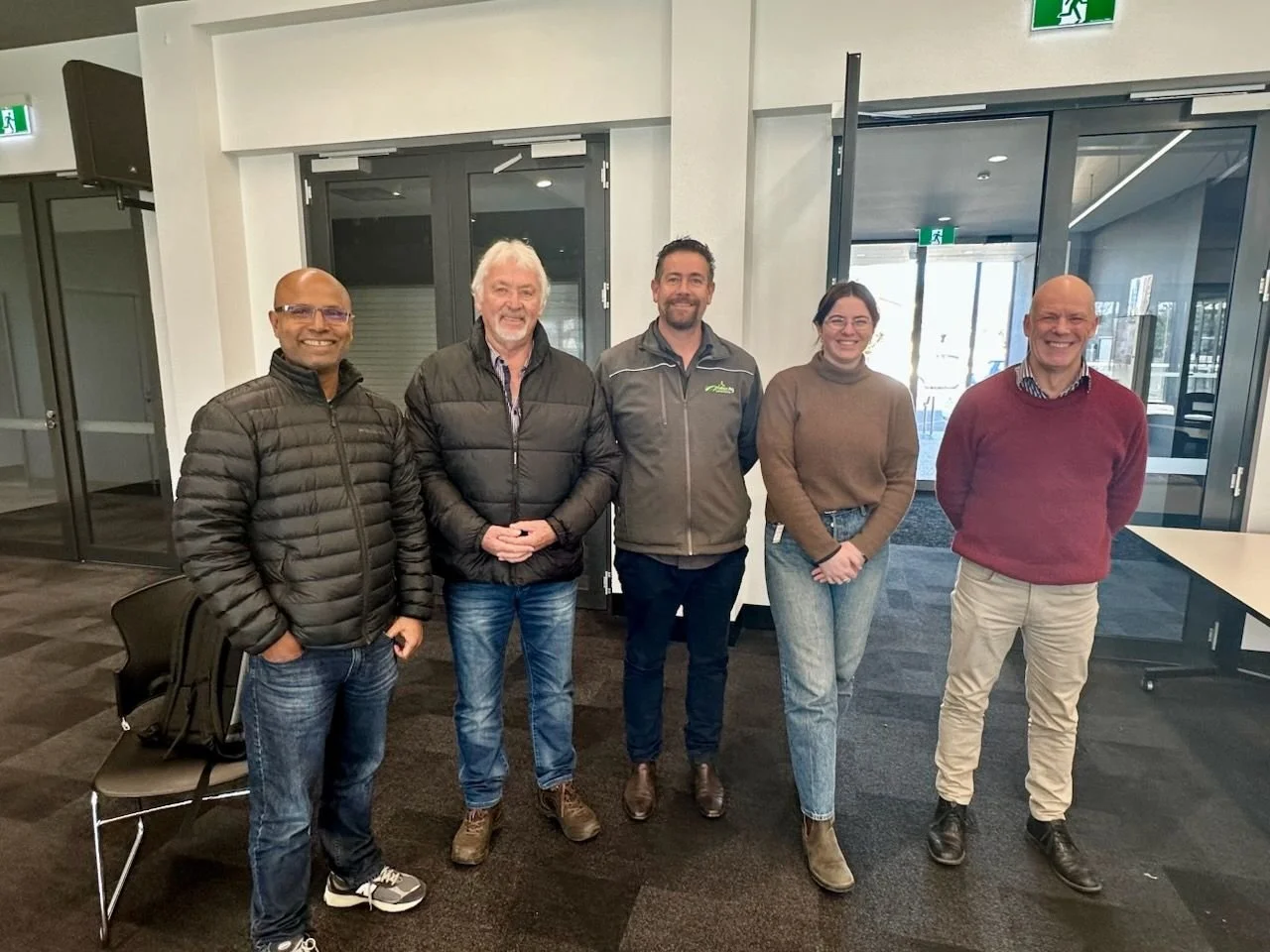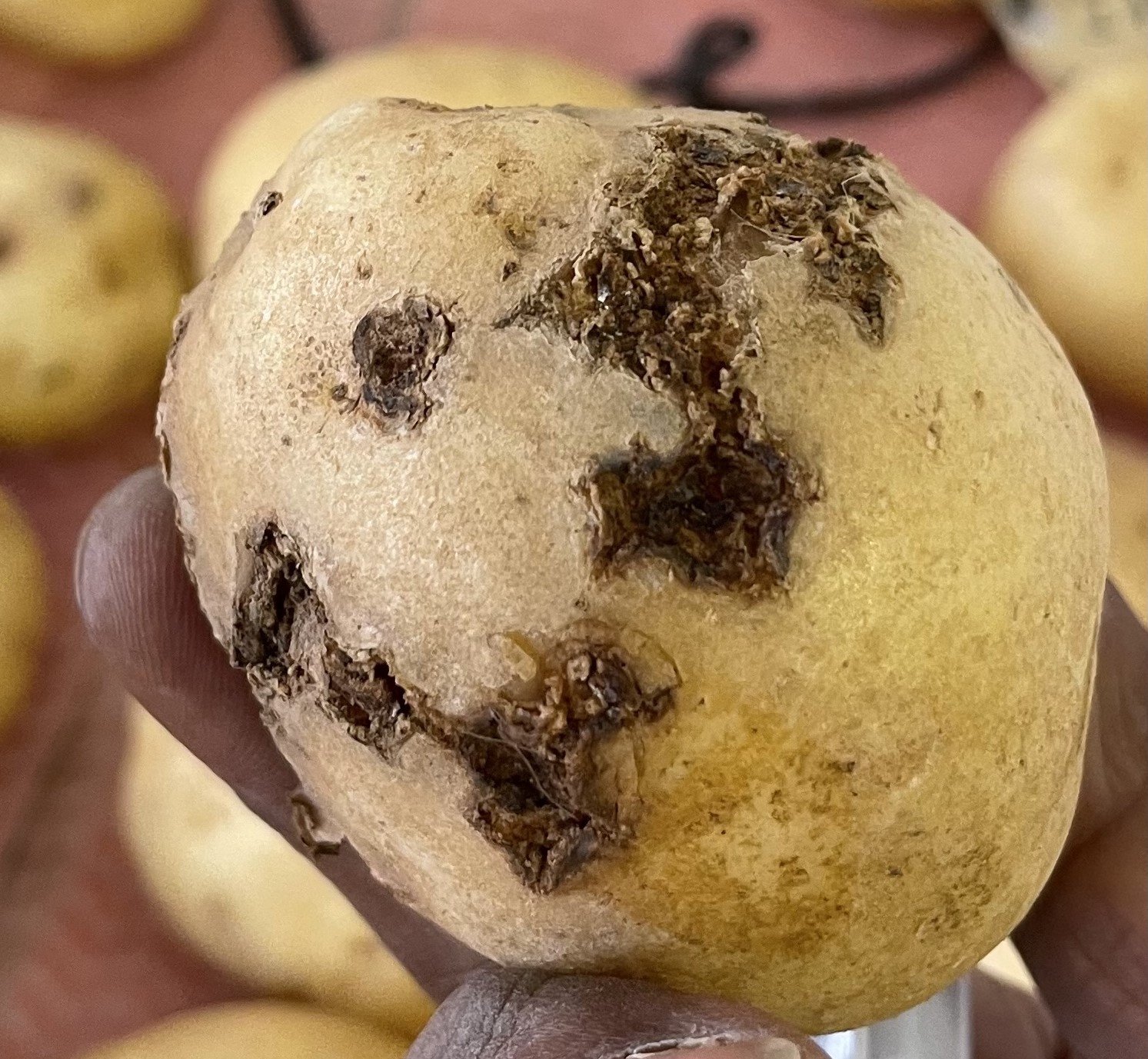Don’t Plant a Pest: Mastering Biosecurity at your Farm Gate
Shakira Johnson (AUSVEG) breaks down key biosecurity risks for potato growers—starting with infected seed—and offers practical steps to keep pests, diseases, and weeds off your farm. From certified seed to clean water and machinery, this article outlines what to check, record, and monitor to protect your crop and soil.
PotatoLink R&D Forum - 2025
The R&D forum held in Brisbane on the 4th of June showcased Australian potato levy-funded R&D and other projects, highlighting practical outcomes and insights that support real-world adoption on-farm. View the presentations here.
Monitoring key soil-borne diseases of fresh potato in WA
A WA study used DNA-based tools to track powdery scab, black dot, and common scab. The findings highlight both the value and limits of soil testing in managing the impact of disease on tuber quality and yield. Read more in Issue 16 of PotatoLink magazine.
Ask the Spud GP: N and early blight
Can extra nitrogen protect potatoes from early blight? The Spud GP article from Issue 16 of PotatoLink magazine answers a grower’s question, sharing the latest research on when and how to apply nitrogen for the best disease resistance.
Helping potatoes help themselves: inducing plant defences
Just like us, plants have evolved sophisticated mechanisms to defend themselves against pests and pathogens. One of the most intriguing strategies is 'Induced Systemic Resistance' (ISR). Specific microbes or environmental triggers can activate the plant defences, improving its ability to ward off attack or cope with stress. And we can help that happen. Read the full article in Issue 13 of PotatoLink magazine.
Storage diseases
When the potatoes have been harvested, graded and put into storage a great weight has been lifted. The spuds aren’t going to be stuck in the ground due to late season rain. Grubs and bugs aren’t going to start affecting the tubers, and it looks like most of the disease issues have been avoided. They’re safe. Except there is another consideration, and that is storage diseases, discussed in this PotatoLink magazine article.
Mini guide – selected warm weather pests and diseases
During the Australian summer, potatoes are susceptible to various pests and diseases that can thrive in the warm and humid conditions. Get the mini guide in this PotatoLink Magazine article.
Controlling soilborne diseases and pest with biofumigants
The soil ecosystem directly impacts crop yield and quality. In recent years, there has been growing interest in sustainable farming practices that improve soil's biological, chemical and physical characteristics. Biofumigation is one of these sustainable practices discussed in this PotatoLink magazine article.
A new potato virus vector monitoring program
Australian Seed Potato Industry Certification Authority (AuSPICA) has introduced an innovative solution to monitor insect vectors in potato crops. Passive suction traps installed in the field take samples of potential virus vectors, which are then sent to Intertek laboratories for rapid DNA analysis. The data developed builds information on the presence of potato virus vectors during the growing season and in the long term, builds trends on vector populations in potato growing regions.
Read the full story in Issue 10 of PotatoLink magazine.
Powdery scab - project update
Powdery scab is a devastating pathogen affecting potato growers of Australia causing annual losses estimated to top $13.4 million annually. In issue 07 of PotatoLink magazine, Prof Calum Wilson from Tasmanian Institute of Agriculture reports on his 3-year project — Mechanisms and manipulation or resistance to powdery scab in potato roots.
Blackleg in potatoes
Blackleg is a bacterial infection of potato tubers and stems. While the disease is not widespread in Australia, new causal organisms have been identified over the past few years, warranting industry awareness.
Pink rot with Dr. Robert Tegg
This webinar, delivered by Dr Robert Tegg from the Tasmanian Institute of Agriculture, at The University of Tasmania, focused on pink rot of potatoes. Dr Tegg provided an overview of the pathogen causing pink rot, highlighted the characteristics most favourable for the disease and its symptoms in potatoes.
Rhizoctonia Solani anastomosis groups and their hosts
Rhizoctonia Solani is a fungal pathogen comprised of many species and strains that can cause diseases in vegetable crops such as damping off, root and stem rots, and sometimes leaf blighting or leaf spots. This Soil Wealth & Integrated Crop Protection factsheet outlines the how the pathogen survives, spreads and infects plants.
Late Blight (Phytophthora infestans)
Late Blight, also known as Irish Blight is caused by the fungal-like organism Phytophthora infestans, which can exist as two mating types, A1 and A2, each with numerous strains that have developed over time. Learn more about the disease, conditions conducive to its spread and management options.
